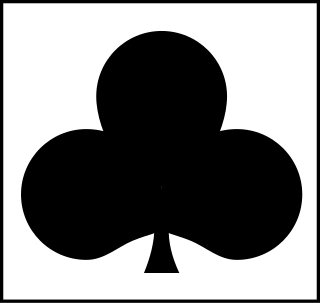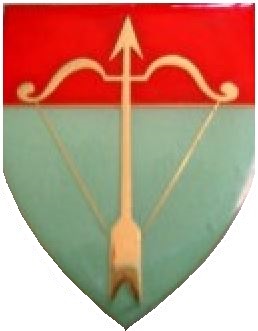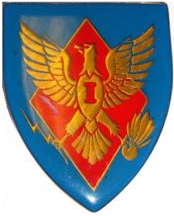
The Royal Regiment of Artillery, commonly referred to as the Royal Artillery (RA) and colloquially known as "The Gunners", is one of two regiments that make up the artillery arm of the British Army. The Royal Regiment of Artillery comprises thirteen Regular Army regiments, the King's Troop Royal Horse Artillery and five Army Reserve regiments.

The 1st (African) Division was a British Empire colonial unit during the Second World War. The division was formed on 24 July 1940 in East Africa. On 24 November of that year, the division was re-designated as the British Army's 11th (African) Division. The division were composed primarily of West African and East African troops. It was disbanded on 23 November 1941 and its component units reassigned.

The Solomon Mahlangu Regiment is a reserve infantry regiment of the South African Army.

The Royal Regiment of Australian Artillery, normally referred to as the Royal Australian Artillery (RAA), is a Regiment of the Australian Army descended from the original colonial artillery units prior to Australia's federation. Australia's first guns were landed from HMS Sirius and a small earthen redoubt built, near the present-day Macquarie Place, to command the approaches to Sydney Cove. The deployment of these guns represents the origins of artillery in Australia. These and subsequent defences, as well as field guns, were operated by marines and the soldiers of infantry regiments stationed in Australia. Unlike their British and Canadian equivalents, there are no regiments of horse artillery in the order of battle of the Royal Australian Artillery. The First World War saw the raising of 60 field, 20 howitzer, and two siege batteries along with the heavy and medium trench mortar batteries. Until 19 September 1962 the Australian Artillery was referred to as the 'Royal Australian Artillery', however, on this date Queen Elizabeth II granted the RAA the title of 'The Royal Regiment of Australian Artillery'. The Regiment today consists of Regular and Reserve units.

The State Artillery Regiment is a reserve artillery regiment of the South African Army.

Andrew Mlangeni Regiment is a reserve infantry regiment of the South African Army.

The Sandfontein Artillery Regiment is a reserve artillery regiment of the South African Army.

The South African Army Artillery Formation is the controlling entity of all South African Army artillery units. It draws much of its history from the South African Artillery, established in 1934 but with roots that reach back to 1921. The formation consists of both regular and reserve units. There is a separate South African Army Air Defence Artillery Formation that directs army anti-aircraft warfare units.

The Sri Lanka Artillery (SLA) is the artillery arm of the Sri Lanka Army. It is made up of ten regular regiments and two volunteer regiments. The SLA is headquartered at Panagoda Cantonment, Panagoda.

The Scottish Horse was a Yeomanry regiment of the British Army's Territorial Army raised in 1900 for service in the Second Boer War. It saw heavy fighting in both the First World War, as the 13th Battalion, Black Watch, and in the Second World War, as part of the Royal Artillery. It amalgamated with the Fife and Forfar Yeomanry to form the Fife and Forfar Yeomanry/Scottish Horse in 1956. The lineage is maintained by "C" Fife and Forfar Yeomanry/Scottish Horse Squadron of The Scottish and North Irish Yeomanry based in Cupar in Fife.

The South Nottinghamshire Hussars is a unit of the British Army formed as volunteer cavalry in 1794. Converted to artillery in 1922, it presently forms part of 103 Regiment, Royal Artillery.

The South African Army Air Defence Artillery Formation is the controlling entity of all South African Army Air Defence Artillery units. This Formation consists of both regular and reserve units.

7 South African Infantry Division was a formation of the South African Army, active from the 1960s to 1999.
This page details the South African Army order of battle in 1940, before and after the formation of expeditionary forces.

The OR Tambo Regiment is a reserve infantry regiment of the South African Army.

The Sekhukhune Anti-Aircraft Regiment is an air defence regiment of the South African Army. It is part of the South African Army Air Defence Artillery Formation. It is located in Johannesburg.

8 South African Armoured Division was a formation of the South African Army, active from the 1970s to 1999.

1 Locating Regiment was an artillery locating regiment of the South African Artillery. The regiment provided divisional troops but was typically organized to allocate locating batteries to brigades.

2 Locating Regiment was an artillery regiment of the South African Artillery. The regiment provided divisional troops but was typically organized to allocate locating batteries to brigades.
The Fifeshire Militia was an auxiliary regiment raised in Fifeshire, Scotland, in 1798. It served in home defence during the Napoleonic Wars and again during the Crimean War when it was converted into an artillery unit as the Fifeshire Artillery Militia. It served in home defence again during the Indian Mutiny and the Second Boer War. It was disbanded in 1909.





















